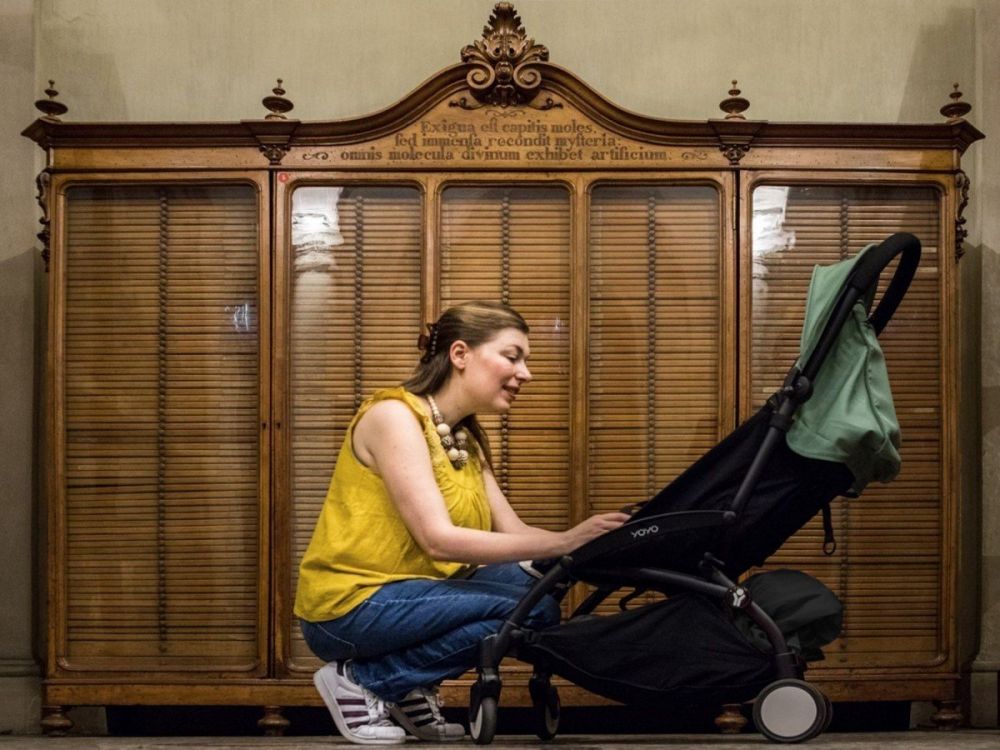At the Museum of Human Anatomy, Museo di Anatomia Umana in Italian, time stands still. Visiting it reveals the 19th-century scientists’ obsession with cataloguing every human aspect. Here, you’ll discover the existence of weird anatomical preparations conceived for teaching purposes. Through this evocative setting, the museum shows you the desire to deepen the knowledge of the human body at the dawn of modern medical science.
Table of Contents
Museum of Human Anatomy in Turin: a journey through time
The Luigi Rolando Museum of Human Anatomy is unique. Founded in the 18th century as a scientific museum, it thrived in the 19th century and remained closed throughout the 20th century. Surprisingly, when rediscovered, insiders were astounded by the vast number of objects preserved inside of incredible scientific value.
PLAN YOUR TRIP TO TURIN
Purchase the Torino + Piemonte Card online to enjoy free public transportation in Turin, as well as access to museums, castles, fortresses, and royal residences in Turin and the Piedmont region.
While travelling in Italy, you can stay connected with family and friends using the Holafly eSIM, which offers unlimited data at 3G, 4G, and LTE speeds. Additionally, be sure to get Heymondo travel insurance for a worry-free adventure.
Luigi Rolando Museum of Human Anatomy reopened its doors in 2007 with an unusual choice regarding exhibition design. Instead of modern interactive or audiovisual installations, the museum deliberately maintains the original furniture and labels from the 19th century.
The setting up of the museum as a secular cathedral of science
Inspired by the juxtaposition of science and faith, the Museum of Human Anatomy layout follows the plan of a cathedral. The two main rooms are divided into three naves, created by a colonnade. Here, the showcases are arranged like small scientific chapels.
The magnificent stained glass windows show the desire to be a cathedral of science. It is a glass window, as seen in Cathedrals, but it is decorated with painted sections of the brain, lookalike those prepared for scientific research in the 19th century. Instead of portraits of saints and martyrs, here are the most famous scientists of the time and the pioneers of science, including names such as Giulio Bizzozero and Andries van Wiesel.

What to see at the Luigi Rolando Museum of Human Anatomy
In Turin, the Museum of Human Anatomy offers insight into the medical studies of the 19th century. During this time, the primary focus was on analyzing muscles, veins, and the skeleton. However, interest in studying the brain and human reproduction also grew during this period.
Wax anatomical models
The need to preserve corpses to study human anatomy when cold stores did not yet exist led to the development of anatomical wax modelling. This technique built up anatomical wax models for educational purposes, mainly between the end of the 17th century and the middle of the 19th century.
The Luigi Rolando Museum of Human Anatomy houses an extraordinary collection of over two hundred wax models from the best Italian waxworks in Florence and Naples. However, these models became obsolete at the end of the 19th century. Knowledge of macroscopic anatomy was well established, and X-rays began to be used to study the human body in depth.
Didactic models
Medical students of past centuries studied anatomy through models and statues made in certain styles. For example, the ‘flayers’ belonged to a specific artistic-scientific genre. They depicted men in motion, with muscles and tendons made of wax to highlight contracting or relaxed body parts.
Other curious models in the museum include a big wooden and ivory brain and a neuroanatomical model made of coloured cork balls and wire. Despite looking like a contemporary work of art, the last one represents one of the first brilliant insights into the connection between nerve pathways.
These extraordinary educational models are authentic art pieces and represent essential milestones in the history of teaching anatomy and medicine.

Practical information for visiting the Museum of Human Anatomy
The Luigi Rolando Museum of Human Anatomy, in Italian Museo di Anatomia Umana Luigi Rolando, is in the same building as two other 19th-century museums: the Museo Lombroso and the Museo della Frutta. With the bundle tickets, you can see all three collections, a visit possible in half a day.
The entrance to the Museum of Human Anatomy is on the opposite side of the building to the other two museums. From Corso Vittorio instead of Via Pietro Giuria, so if you got the bundle ticket, you should visit it before or after the other two.
The Museum of Human Anatomy is easily accessible by bus, metro or on foot. I recommend using Google Maps to find the best route from your hotel or location during your visit to Turin. If you would like to travel by car, please remember that parking in the area is limited and subject to charges. The best parking is in the Torino Esposizioni area, opposite Valentino Park.
Museo di Anatomia Umana Luigi Rolando
Corso Massimo d’Azeglio 52
10126 Torino
Where to sleep in Turin
In Turin you can sleep either in elegant hotels located in historical buildings or in modern flats with all comforts, the choice depends only on your taste. Since I live in Turin I can recommend the best hotels, which are the Best Western Plus Executive Hotel and Suites and the luxurious Hotel Principi di Piemonte, both in the city centre. If you are looking for a cheaper option, in modern hostels that also have private rooms, then Combo or CX Belfiore are for you, both located in vibrant neighbourhoods full of restaurants and nightlife.
The Museum of Human Anatomy in Turin offers a fascinating insight into medicine’s past. Walking through its corridors, the atmosphere of 19th-century scientific enthusiasm is palpable. You relive an old time when studying anatomy was at the pinnacle of human knowledge. Please comment if you have already visited this museum or plan to discover it on your next trip to Turin.
